starting a daily tarot practice, for seasoned readers or curious beginners
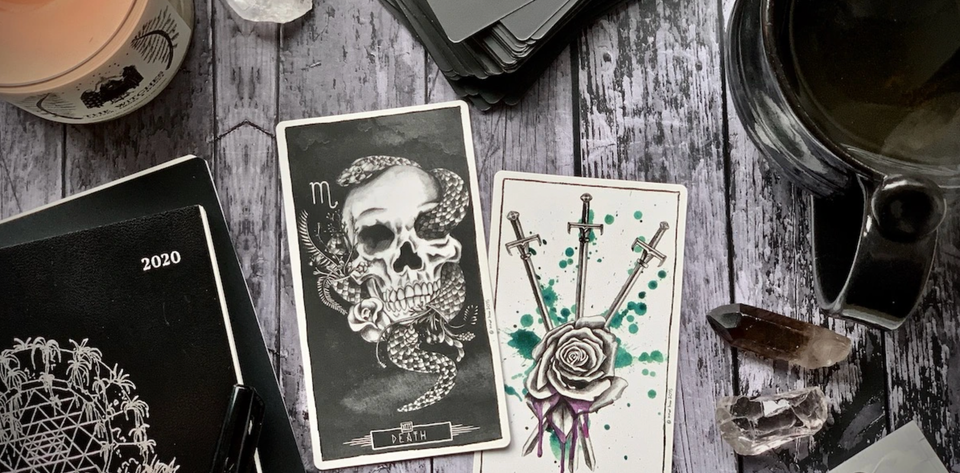
Note: This post was originally published with Autostraddle in March 2020. It is being shared here for additional accessibility.
This post features cards from the Lumina Tarot and the Vindur Deck.
If one of your intentions for 2020 was to dust off that old tarot deck and actually learn to read cards, or if being trapped inside your house for weeks at a time is inspiring you to start some new habits, you’re in luck. Beginning a daily tarot practice is a lovely gift that you can give yourself, whether you turn it into journal prompts, meditations, or just an opportunity to swear at an inanimate object for a few minutes every day. And if you’re a seasoned reader looking to kickstart a new practice or a curious beginner eager to learn, drawing a tarot card as part of a regular ritual can help bring deeper insights, wisdom, and awareness to your days.
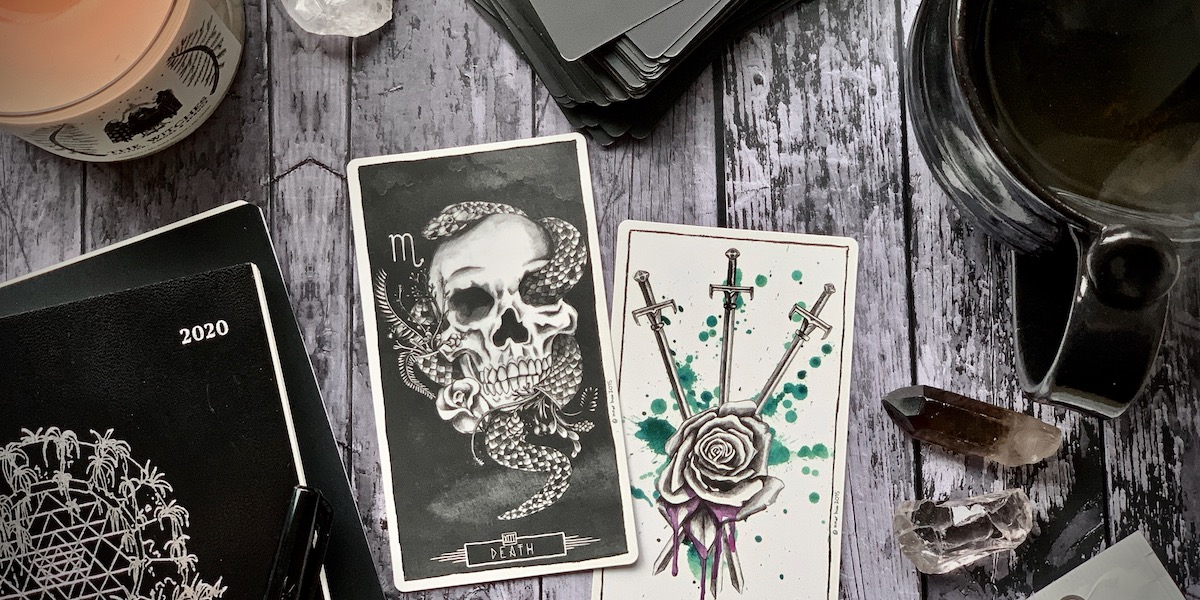
The ritual itself doesn’t have to be complicated. Reading in the morning is an opportunity to ask for general advice or insights into what energy you can work with throughout the day, while reading in the evening gives you a chance to reflect on happenings and process your experiences. And if you would rather pull a card during your afternoon coffee or your midnight snack, that works too — but finding a method that you can keep consistent will help you create a habit that will soon feel like second nature.
All you need to get started is a tarot deck, but you can also light a candle, sip tea, hold crystals, play music, or utilize anything else that helps you get into a mindful and meditative state. I highly recommend keeping a record of these readings so that you can trace your own insights and progress — this can be whatever works for you, whether that’s a private journal, a sketchbook, pictures on your phone, or a tarot Instagram account. Some people put their daily cards into their calendars or planners, while others keep their daily draw on an altar or in a place they can see it throughout the day. Let your intuition guide you in this, and don’t be afraid to try a few methods out in the process of finding what feels right for you — but being able to look back on your own thoughts and impressions, and to see the ways that your knowledge about tarot has expanded and shifted over the years, can be a beautiful and empowering thing.
I like to read tarot with a hot cup of tea, first thing in the morning, at the quiet workspace I have set up in my bedroom. I prefer my daily readings to be open and general, shuffling while asking simple questions like “What should I be aware of today?” or “What advice do you have for me?” After I’m finishing mixing the cards, I lay my hands on the deck, close my eyes, and take a few deep breaths before flipping the top card. I try to start writing immediately, letting my first impressions and responses flow, and thinking through how I can utilize that energy during my daily tasks, choices, events, and movements.
Sometimes the messages from the cards can feel obvious: the eight of pentacles usually invites us to focus on our craft, while the Hermit often urges us to take time for reflection and solitude. But other times the cards may feel opaque, confusing. You may feel that a second card would be helpful, offering additional clarification, and if you do, go ahead and draw another card — but try to do this sparingly, as in my experience the deck will start to get irritable or simply repeat itself. Just because you don’t feel ready to confront the ten of wands or the Devil doesn’t mean that the message hasn’t been made clear, so stay open to the wisdom of the cards and try to focus on one lesson at a time. If you get stuck, consider how you would read this card for someone else, and write that interpretation down — you can read it later and may be surprised by how clear and relevant that reading actually feels for you. (That is literally how my tarot Instagram account was born: by writing out readings for myself as if I was reading for another person.)
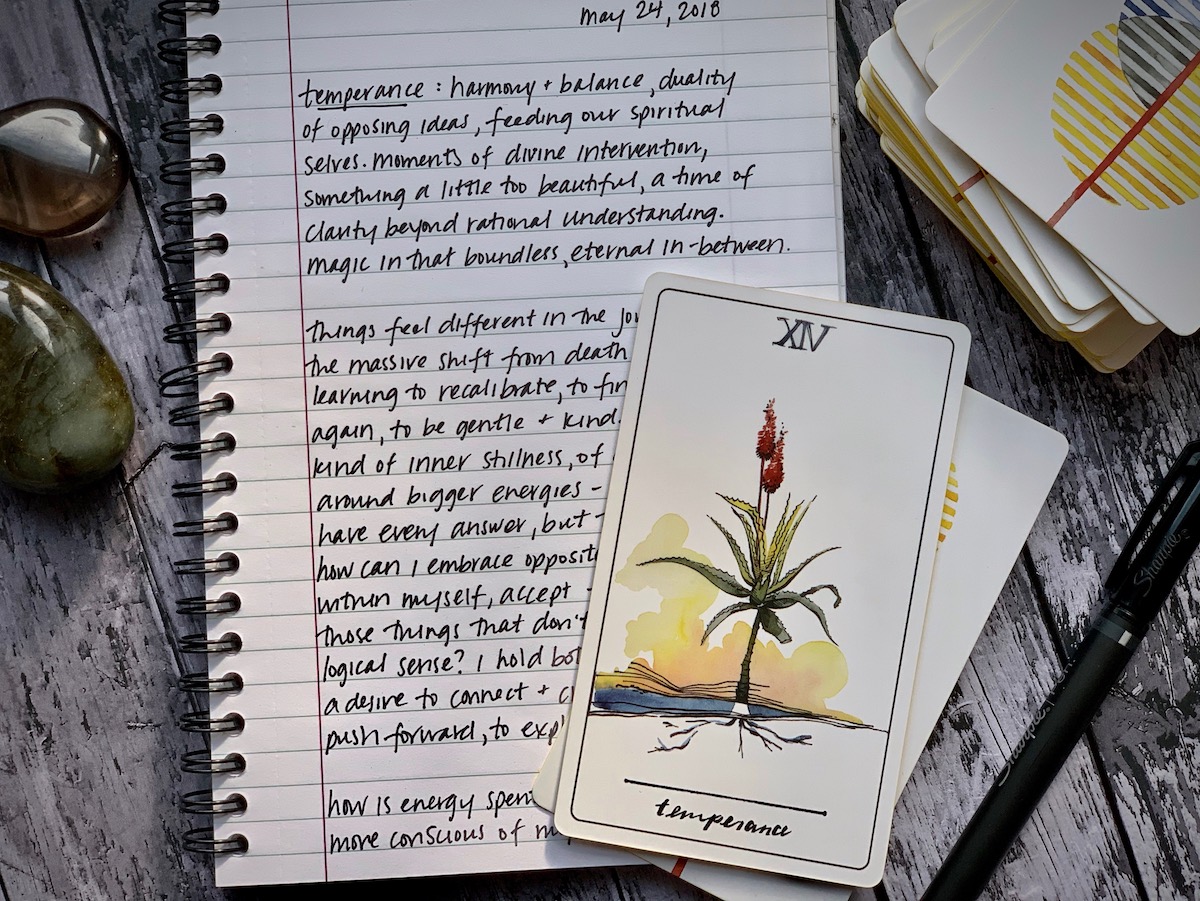
If you get frustrated or confused in your readings, try not to stress about it, especially if you’re just getting started — tarot is a language, one that can take months or even years to speak fluently. There’s nothing wrong with utilizing your favorite tarot resources to help you understand meanings or remember interpretations. But do your best to spend a few moments with your card of the day before you go diving into books and websites, and find a way to record those first impressions as often as possible. By relying on your own intuition and responses to those daily readings, you’ll create a set of meanings that are all your own, and can blend them with both traditional and modern interpretations to create a nuanced, layered understanding of the cards.
As you incorporate this habit into your life, you may find your ritual evolving – and that’s completely okay. You might love the idea of early morning tarot readings in theory, but find that in practice you have more time or energy at night. Writing lengthy interpretations may sound romantic or useful, but you might feel that sketching or photography is more convenient or expressive. Some days just a few keywords might feel right, while other days you’re inspired to write a personal essay or start a new creative project. And other days, pulling a card may be something you simply don’t have the time or energy for. However you practice, let this ritual develop organically, and don’t judge yourself for how it looks — this is something that’s just for you, a chance to let your intuition speak freely, to let creativity flow. By taking a few moments each day to let the cards share wisdom and insights, advice and encouragement, you’re making space for your own magic to shine. And the more you read, the more personal this ritual becomes. Eventually, you’ll wonder how you lived without it.
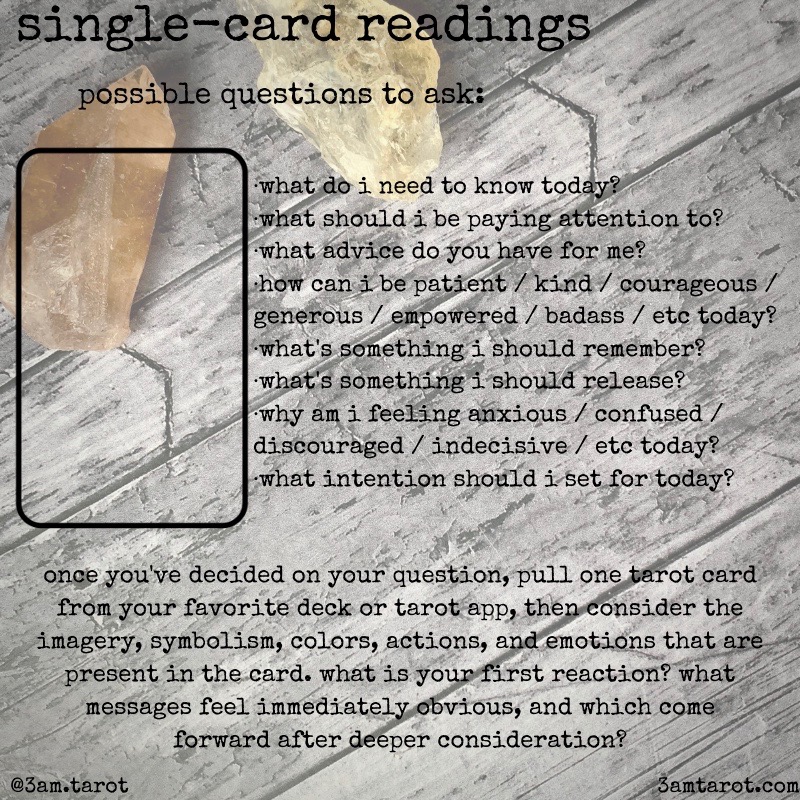
If you don’t own a deck already, I highly recommend supporting small businesses right now (and always). Little Red Tarot, Everyday Magic, HausWitch, and Ritual Shoppe are all still fulfilling online orders, and the independent bookstore collective IndieBound also includes tarot decks and books. If you can’t afford a deck right now or aren’t sure which one you want to purchase, apps can offer both resources for learning tarot as well as quick readings — check out the Fool’s Dog Tarot Sampler for iOS and Android, Tarot Life for iOS and Android, and Galaxy Tarot for Android. And if you’re looking for some tarot books to get you started, I love WTF is Tarot? by Bakara Wintner, Queering the Tarot by Cassandra Snow, and The Power of Tarot by Liz Worth. I also have a few tarot e-books available on my website.
Feel free to drop your favorite tarot shops, decks, websites, books, apps, and anything else you use for your daily practice in the comments, and happy reading!



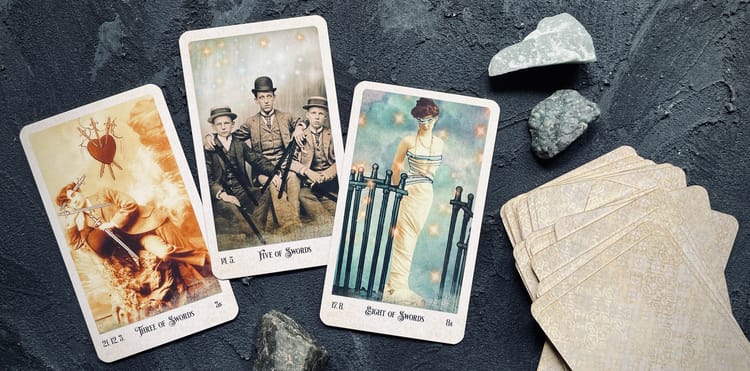

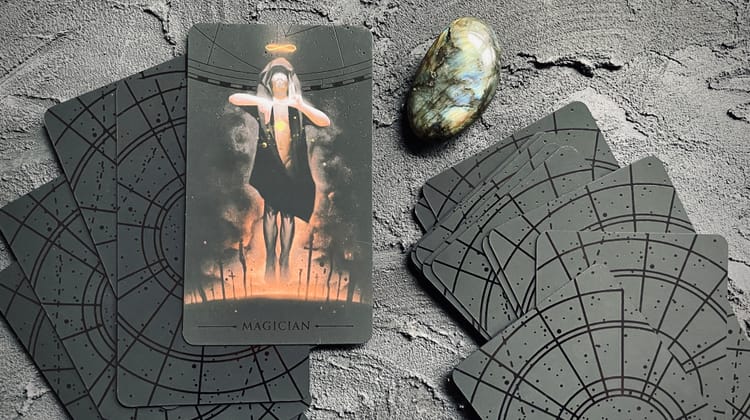
Member discussion